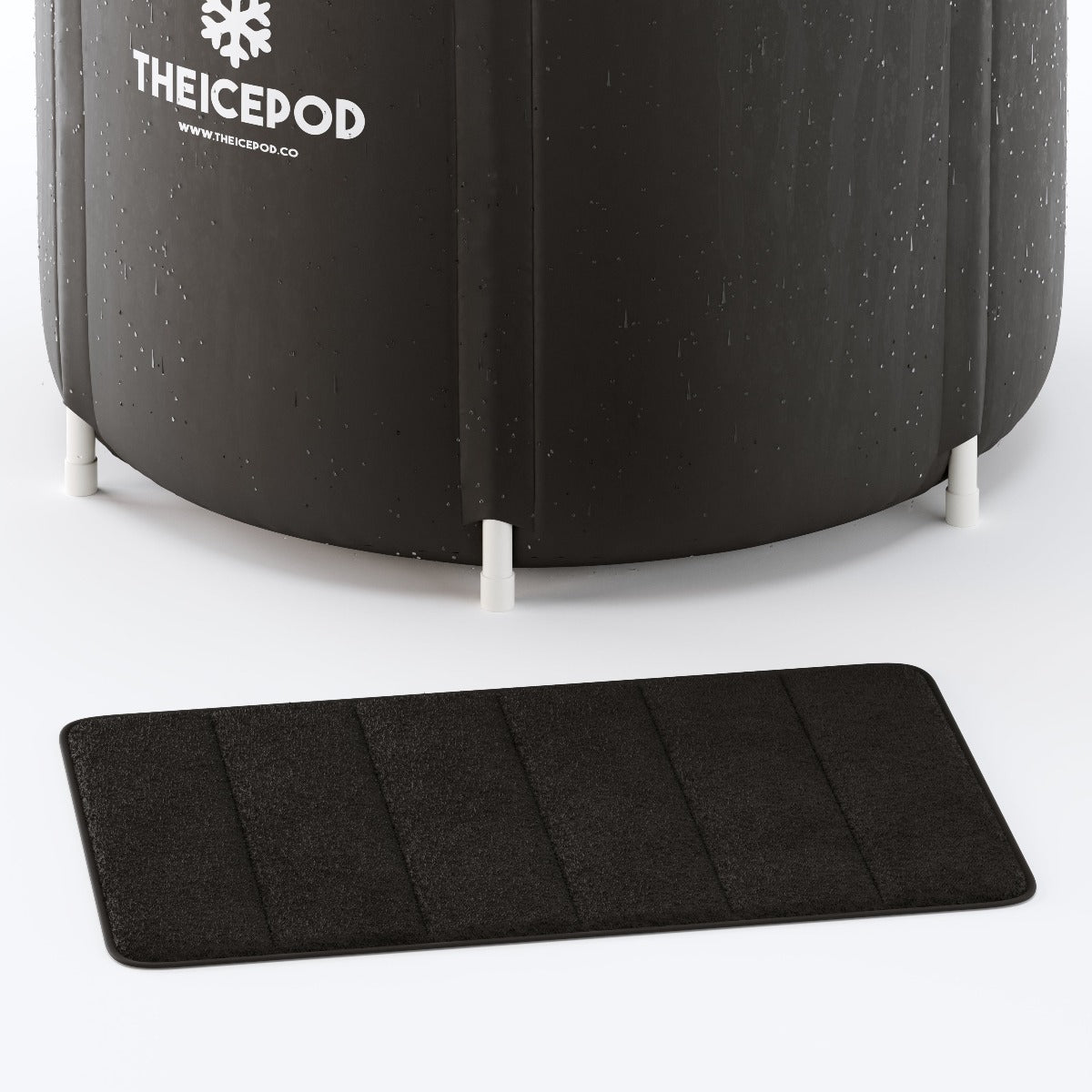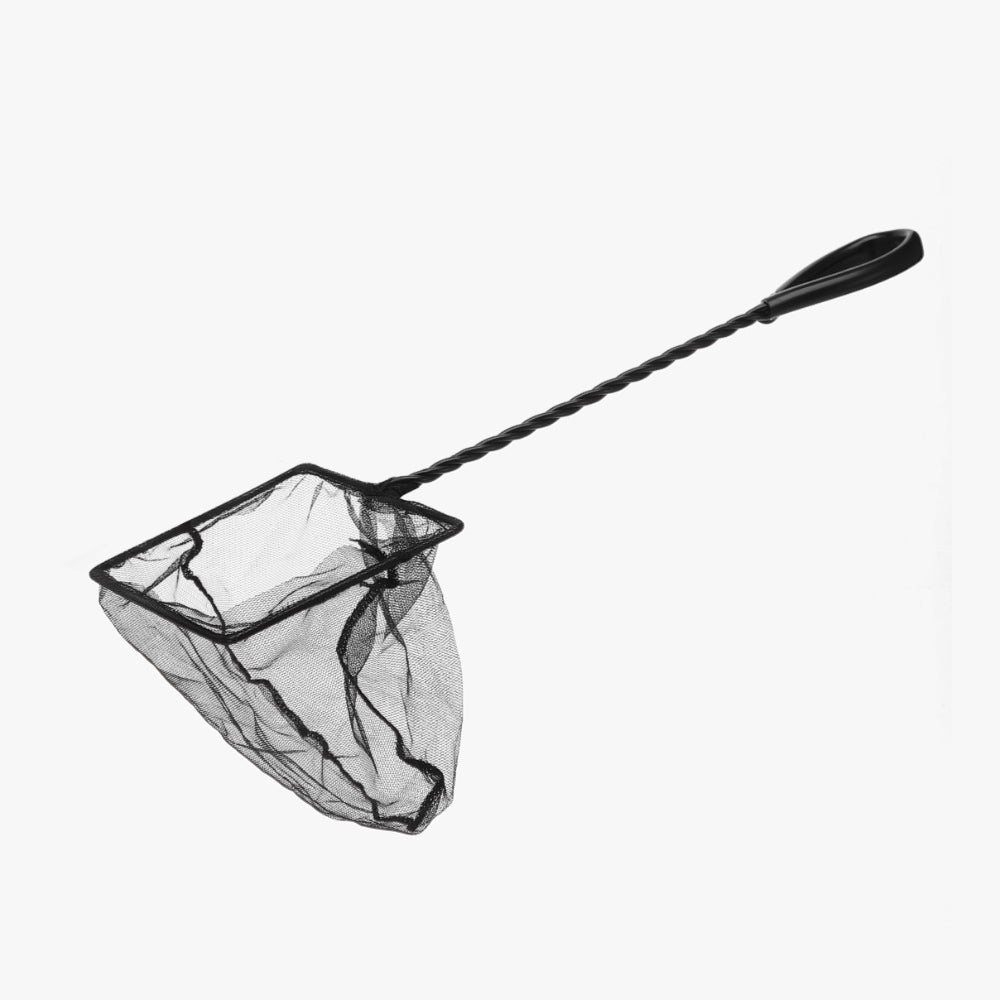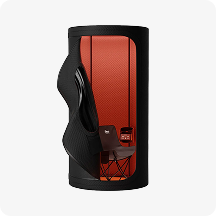Breathing Exercises
Breathing exercises are simple yet powerful tools that can help manage stress, improve lung function, enhance focus, and promote overall well-being. By practicing mindful breathing, you can create a sense of calm, reduce tension, and support both physical and mental health. This article delves into the different types of breathing exercises, their benefits, and practical tips for incorporating them into your daily routine.
Understanding the Importance of Breathing Exercises
Breathing is an automatic function that most of us don’t think about, but it plays a crucial role in our overall health. Intentional, controlled breathing can activate the parasympathetic nervous system, which helps reduce stress and promotes relaxation. Incorporating breathing exercises into your routine can improve how your body handles stress, enhance lung capacity, and increase mindfulness.
Benefits of Breathing Exercises:
- Reduced Stress and Anxiety: Controlled breathing activates the body’s relaxation response, decreasing cortisol levels and calming the mind.
- Improved Focus and Mental Clarity: Breathing exercises increase oxygen flow to the brain, improving concentration and cognitive function.
- Better Lung Health: Regular breathing exercises can strengthen the diaphragm and improve lung efficiency.
- Enhanced Sleep Quality: Practicing breathing exercises before bed can help relax the mind and body, leading to better sleep.
Types of Breathing Exercises and How to Practice Them
Different breathing techniques offer various benefits, from relaxation to increased energy. Here are some of the most effective breathing exercises you can try:
1. Deep Belly Breathing (Diaphragmatic Breathing)
Deep belly breathing focuses on fully engaging the diaphragm and filling the lungs with air, promoting relaxation and reducing stress.
-
How to Practice:
- Sit or lie down comfortably.
- Place one hand on your chest and the other on your belly.
- Breathe in deeply through your nose, allowing your belly to expand while keeping your chest still.
- Exhale slowly through your mouth, letting your belly fall.
- Repeat for 5-10 minutes.
2. 4-7-8 Breathing Technique
The 4-7-8 breathing technique is known for its calming effects and is ideal for reducing anxiety and promoting better sleep.
-
How to Practice:
- Sit or lie down in a comfortable position.
- Inhale through your nose for a count of 4.
- Hold your breath for a count of 7.
- Exhale completely through your mouth for a count of 8.
- Repeat for 4 cycles.
3. Box Breathing (Square Breathing)
Box breathing is a simple technique used to reduce stress and improve focus. It’s popular among athletes and military personnel for its quick calming effects.
-
How to Practice:
- Inhale through your nose for a count of 4.
- Hold your breath for a count of 4.
- Exhale through your mouth for a count of 4.
- Hold your breath again for a count of 4.
- Repeat for 3-5 minutes.
4. Alternate Nostril Breathing (Nadi Shodhana)
Alternate nostril breathing is a yoga practice that helps balance energy and promote mental clarity.
-
How to Practice:
- Sit comfortably with your spine straight.
- Close your right nostril with your thumb and inhale deeply through your left nostril.
- Close your left nostril with your ring finger and release your thumb to exhale through your right nostril.
- Inhale through the right nostril, then switch sides and repeat.
- Practice for 5 minutes.
5. Resonant Breathing (Coherent Breathing)
Resonant breathing helps achieve a relaxed state by maintaining a steady breathing pattern.
-
How to Practice:
- Inhale for a count of 5 seconds.
- Exhale for a count of 5 seconds.
- Continue this pattern for 10-15 minutes.
Practical Tips for Incorporating Breathing Exercises into Your Routine
- Set a Schedule: Start with a few minutes in the morning or evening and gradually increase the duration as you become more comfortable.
- Combine with Meditation: Pairing breathing exercises with meditation can amplify their effects, promoting deeper relaxation and mindfulness.
- Practice in a Calm Environment: Find a quiet space free from distractions to maximize the benefits of your practice.
- Use Cold Therapy: Enhance your post-breathing exercise routine by incorporating The Pod Company’s Ice Pods. Cold therapy can reduce stress and help your body reach a state of calm, complementing the relaxation gained from breathing exercises.
When to Use Breathing Exercises
Breathing exercises can be beneficial at various times throughout the day:
- Morning Routine: Start your day with deep belly breathing to energize and prepare for the day ahead.
- Midday Break: Use box breathing to reduce stress and refocus your mind during work breaks.
- Pre-Sleep Routine: Practice the 4-7-8 technique to wind down and improve sleep quality.
- Post-Workout Recovery: Combine breathing exercises with cold therapy, such as an ice bath using The Pod Company’s Ice Pods, to relax muscles and enhance recovery.
Common Challenges and How to Overcome Them
- Difficulty Focusing: If your mind tends to wander, try guided breathing exercises using apps or videos to keep you on track.
- Inconsistent Practice: Set reminders on your phone or pair breathing exercises with a daily habit (e.g., before brushing your teeth) to build consistency.
- Discomfort or Dizziness: If you feel lightheaded during practice, take a break and resume at a slower pace.
The Benefits of Cold Therapy for Relaxation and Stress Reduction
Cold therapy can help reduce stress, soothe sore muscles, and promote a sense of calm, making it an excellent addition to your breathing exercise routine. The cooling effect can enhance your body's relaxation response, making it easier to achieve a state of mental clarity and relaxation.
Using The Pod Company’s Ice Pods as part of your holistic wellness routine can support post-exercise recovery and stress management, creating an optimal environment for practicing mindfulness and breathing techniques.
When to Seek Professional Guidance
If you experience persistent stress, anxiety, or other health concerns that are not alleviated by breathing exercises alone, consider consulting a healthcare professional or therapist. They can offer additional tools and strategies tailored to your needs.
Conclusion
Breathing exercises are a simple yet powerful way to manage stress, improve focus, and enhance overall well-being. By incorporating practices such as deep belly breathing, the 4-7-8 technique, and alternate nostril breathing into your daily routine, you can create a sense of calm and boost your mental and physical health.
Pairing these exercises with tools like The Pod Company’s Ice Pods for cold therapy can further enhance relaxation and stress relief, providing a holistic approach to wellness. Remember, the key to reaping the benefits of breathing exercises is consistency and patience. With regular practice, you’ll find yourself feeling more centered, relaxed, and energized.

































